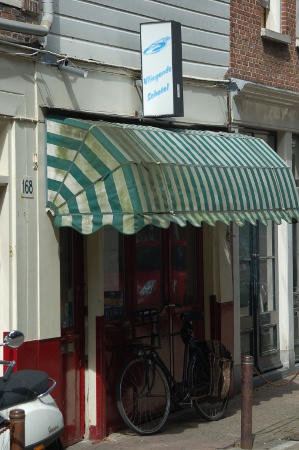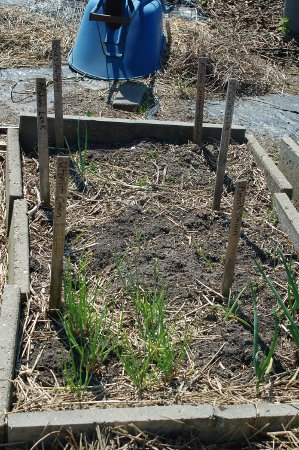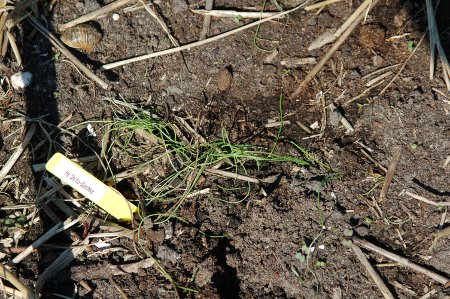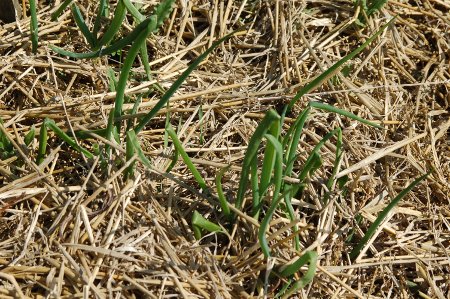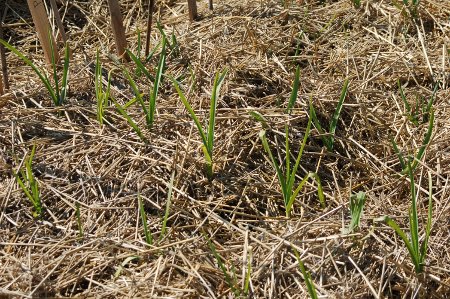I did a post a few months ago about a favorite local bar that served local beers, and I thought it was time to do a post about a local restaurant, located at Nieuwe Leliestraat 162-168 in Amsterdam. The name Vliegende Schotel is a play on words in Dutch. Schotel means plate, dish or saucer, and a common word for restaurants to use in their menus to indicate ‘dish or dishes’. Vliegende means flying, and so the name of the restaurant also means UFO.
I’ve been going to this restaurant longer than any other in Amsterdam. My first visit was 25 years ago, when I was here as a tourist. The staff got to know me from the start, and greeted me as a returning customer on every visit. I’m really happy to say last October the restaurant has been sold, and is now under new ownership — Woohoo!! As much as I continued to go there, about once or twice a year, it used to be a really bad restaurant.
I used to go there because Amsterdam is really lacking in quality restaurants, and there are only a very small handful of vegetarian restaurants. It’s also close to where I live. It had me as a captive audience on those nights I didn’t want to cook for myself.
How it Used to Be
Americans, and maybe others, will know Molly Katzen. She first wrote a vegetarian cookbook called Moosewood. It was famous first because Molly wrote the cookbook without ever trying any of her recipes first, just off the top of her head, so none of them worked properly when you tried to cook them. The other reason this cookbook became famous is it sort of defined 1980s vegetarian cuisine in America; bland, overcooked, strangely spiced, uninspired and boring. It was also a difficult book to cook from, because every recipe needed very small amounts of large numbers of exotic ingredients, so a large shopping expedition was always needed first. Anyway, this was the sort of food the Vliegende Schotel used to serve; boring, overcooked, uninspired and strangely spiced.
In the 25 years I went there, the menu hardly changed. All the dishes were all pre-planned, usually totally lacking in seasonal ingredients, and without any inspiration from the cooks. The portions were all carefully measured, so while tofu was expensive and cabbage was cheap, it was served proportionally to maximize their profits. Much of their food came from the freezer, and it was not uncommon for it to still be half-frozen on your plate.
The big changes came about around 5 years ago, when they started serving alcohol legally (they used to have it behind the counter if you knew to ask for it), and they started using organic food ‘when available’. This ‘when available’ business meant you never knew what, if any, part of your meal was organic, you knew profit was their overriding goal, so you never knew how much extra they were willing to pay for certified organic food rather that just stating it was unavailable. Also, local had little to do with their purchasing choices, rather they just served supermarket certified organic foods. They were associated with a natural foods store, that sold supermarket style certified organic foods, and presumably what was served at the restaurant was the leftovers.
They also had a ‘quiet non-smoking room’. This was a little bit revolutionary in a city which until about a year ago pretty much didn’t have any non-smoking areas in any restaurants. I guess the ‘quiet’ part about it was to somehow rationalize it for smokers as not being a room that discriminated against them too much, and perhaps at one time was full of loud non-smoking Americans, so they wanted to ask them to tone it down a bit. This was a separate room, but the door between it and the rest of the restaurant was usually open, letting in smoke. Also the staff of the restaurant used to smoke outside the window of the non-smoking room and blow all their smoke in.
You also needed to order your food at the counter which was in the smoking area, so no one was allowed to escape. I only sort of appreciated the effort they went to providing a non-smoking room.
It’s all changed now!
Steph and I went there for dinner, the first time we’ve been there since it changed owners.
It was really good!
Amsterdam has for more than a year now banned smoking in restaurants, so that’s no longer an issue.
The menu still has a lot of the old dishes on it, but I hope they will soon phase these out. There are several new and interesting dishes, including daily and weekly specials offered at a low price. There are lots of vegan choices.
I ordered a salad, and the cook not only took a great deal of care preparing it by hand, but he came out to the table and presented it with pride. It was really nicely made.
They like sprouts, everything from bean, radish, lentil to pea and more. This really gives their food a fresh taste, and is something unusual. It’s a little early to know if they will truly embrace the idea of local and seasonal foods, but their heads are in the right place and I have high hopes. Their English is excellent, I think they are native speakers, and the menu is in Dutch and English.
Time will tell if it really turns into a nice restaurant in the long run, but for now I can safely recommend it to anyone who finds themselves in Amsterdam and is looking for a vegetarian restaurant serving fresh and unprocessed foods. In fact, it’s still one of the few choices available.


